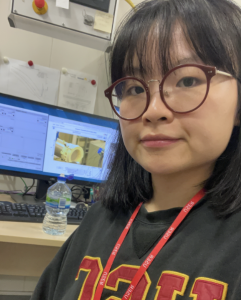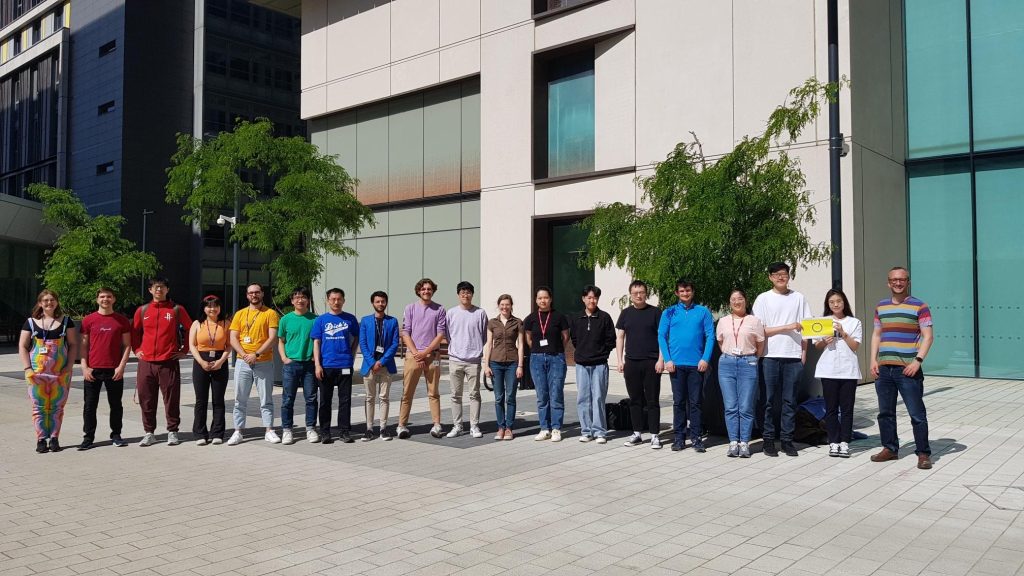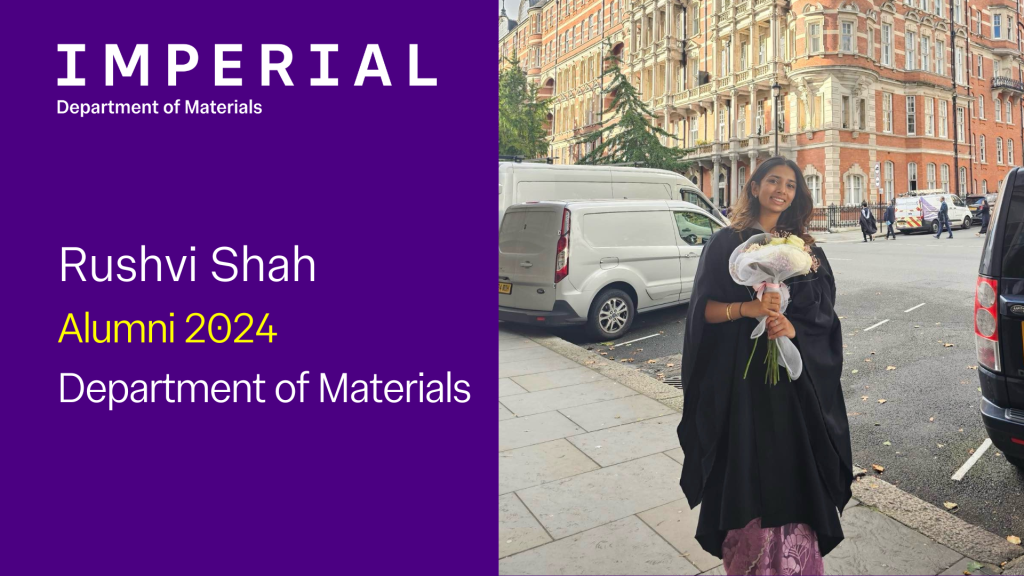
Rushvi Shah graduated from the Department of Materials in 2024 with an MEng in Materials Science and Engineering. She has since joined Johnson Matthey as a Researcher, working on the Research and Development Team, contributing to a project of high strategic importance which aligns with JM’s Low-Carbon Hydrogen (LCH) growth strategy. In this blog post, Rushvi shares more about her role, the coolest thing in her career so far and why she chose to study Materials Science and Engineering.
What is your current job?
I am currently working at Johnson Matthey, a global leader in sustainable technology solutions.
What do you do in your job?
I am part of the LEAD graduate programme, which consists of three rotations over 2.5 years. In my current rotation, I work as a researcher in catalyst technologies for Low-Carbon Hydrogen (LCH) production. For my next rotation, I will transition into a Business Development role, focusing on strategy and client engagement.
What A-Levels (or equivalent) did you do?
I studied Maths, Physics, Chemistry, and Information Technology for my A-Levels.
Why you chose a career in Materials Science and Engineering (MSE)?
I chose Materials Science because I wanted a multidisciplinary field that combined my love for chemistry, physics, and maths. I also recognised the crucial role materials science plays in innovation — shaping industries from automotive engineering to biomaterials and electronics.
What did you enjoy most about your MSE course?
I enjoyed meeting a diverse group of individuals. Using their MSE degree, my friends are on the path of becoming engineers, researchers, founders and even lawyers! The versatility of the field opens doors to many different career paths.
What is the coolest thing you have done in your career so far?
The coolest part of my career so far has been meeting and learning from incredible people. Through networking, I’ve had the chance to speak with colleagues at all levels, including those in C-suite positions. It’s also inspiring to see women in STEM stepping into leadership roles and actively empowering others to do the same.
What is your favourite material (and why)?
Nanomaterials are my favourite. Their microscopic properties differ drastically from their macroscopic ones, making them highly impactful in diverse fields, from biomaterials to catalysis.
What advice would you give your 16-year-old self?
Stay motivated, be ambitious, and always do your best — but also remember to take breaks and enjoy the moment. Time flies faster than you think!
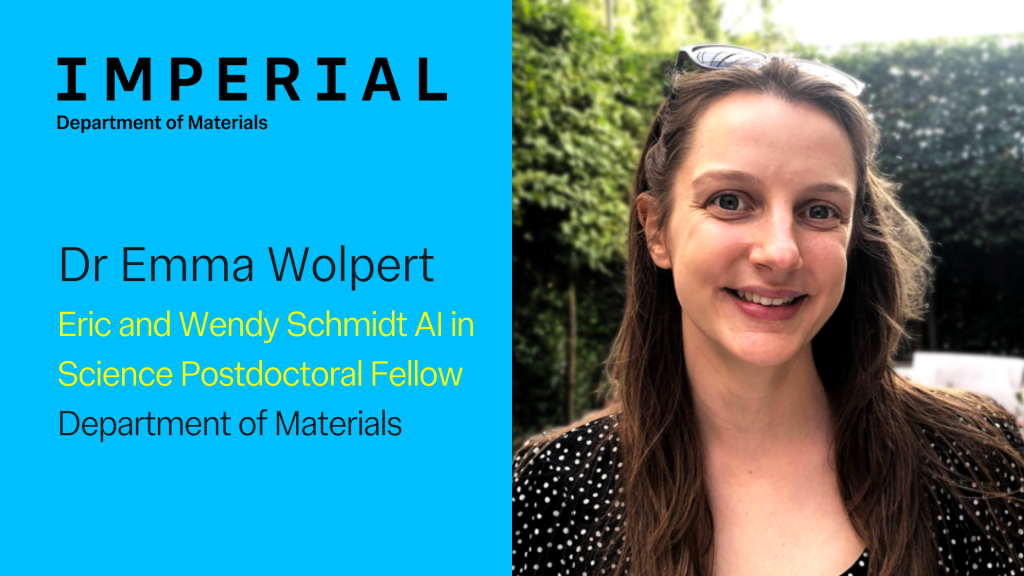

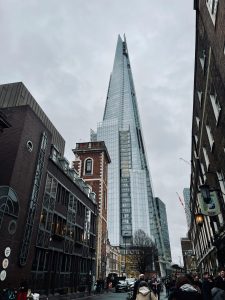 Thankfully, I’ve not only accumulated small nuggets of interesting information during my degree, but I have come to further appreciate Materials Science’s significance for our planet’s future. The synergy between materials science and semiconductor technology, exemplified by Nvidia’s cycle of groundbreaking chip innovations, is fueling the exponential growth of AI and machine learning which shapes our future day by day. Exploration in bioplastics derived from plants and microorganisms with the goal of allowing them to break down naturally could eradicate the ever-pressing issue of plastic pollution, potentially saving the future of many ecosystems. Research surrounding CO2 capture and conversion into fuels is a topic I’ve been reading for my Literature Review. Fine-tuning the microstructure of electrocatalysts in CO2 reduction is a challenge I have no doubt that Materials Scientists will one day solve, saving our future from the global warming crisis. The future of sports is also heavily dictated by material developments. Almost everyone I know at Imperial has caught the F1 craze and with our materials background, the technology on display is even more appreciable. Materials Scientist’s constant improvements in biocompatible implants that integrate seamlessly with tissue will help athletes and patients return from injuries quicker and with ease. I’m known for my notoriously fragile knees so it’s looking likely that materials science will be shaping the future of my patellas too.
Thankfully, I’ve not only accumulated small nuggets of interesting information during my degree, but I have come to further appreciate Materials Science’s significance for our planet’s future. The synergy between materials science and semiconductor technology, exemplified by Nvidia’s cycle of groundbreaking chip innovations, is fueling the exponential growth of AI and machine learning which shapes our future day by day. Exploration in bioplastics derived from plants and microorganisms with the goal of allowing them to break down naturally could eradicate the ever-pressing issue of plastic pollution, potentially saving the future of many ecosystems. Research surrounding CO2 capture and conversion into fuels is a topic I’ve been reading for my Literature Review. Fine-tuning the microstructure of electrocatalysts in CO2 reduction is a challenge I have no doubt that Materials Scientists will one day solve, saving our future from the global warming crisis. The future of sports is also heavily dictated by material developments. Almost everyone I know at Imperial has caught the F1 craze and with our materials background, the technology on display is even more appreciable. Materials Scientist’s constant improvements in biocompatible implants that integrate seamlessly with tissue will help athletes and patients return from injuries quicker and with ease. I’m known for my notoriously fragile knees so it’s looking likely that materials science will be shaping the future of my patellas too.


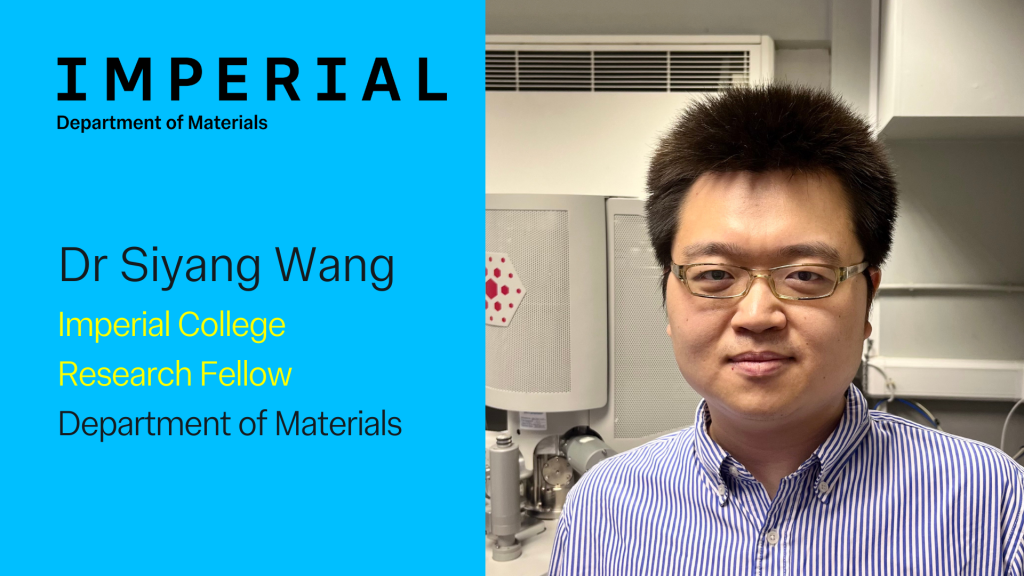


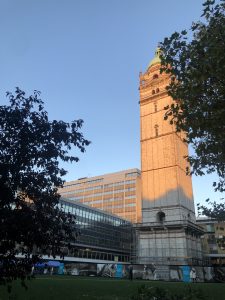 3. Believe in yourself
3. Believe in yourself
